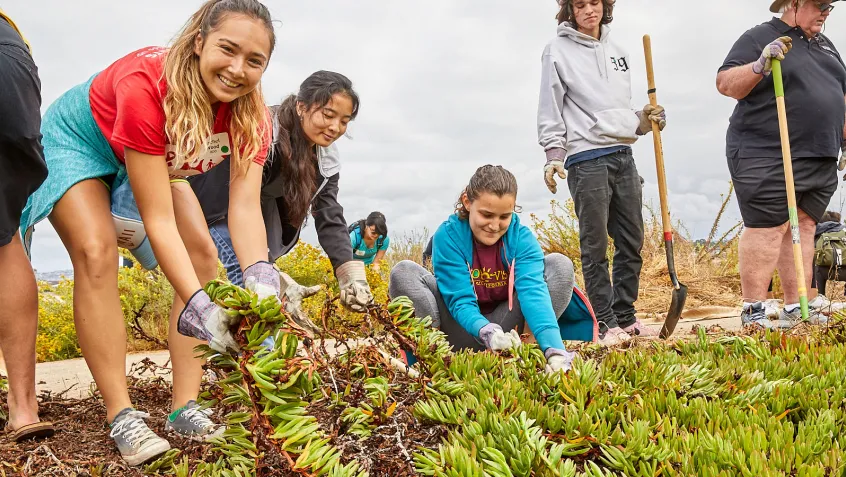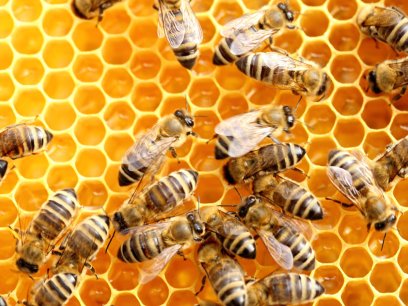Story
How Students Can Give Back to Their School

The spirit of giving can take root at a young age if students are given the opportunity. Helping improve their local environment (such as their school) offers students a terrific way to give back while also learning about the importance of protecting the environment on a larger scale.
The Challenge
How can students give back to their school in a way that helps reduce its environmental footprint?
The Solution
Think beyond lesson plans. Consider leading an initiative in your classroom, a coordinated grade-level project, or even a school-wide program. Let these hands-on ideas spark green initiatives and provide students with the opportunity to give back.
- Spruce up the classroom.
Students can research recipes to make natural cleaning solutions (such as vinegar and water) to mix up batches of “green cleaners.” Then, they can use these DIY solutions to clean their desks, wipe off classroom counters, and clean door handles. (This makes a particularly good project during cold and flu season!) - Organize a school-wide Swap Meet.
Instead of throwing away toys they no longer play with, clothes they’ve outgrown, or books they’ve already read, students can hold an exchange event. This will help them learn to reuse resources sustainably. Instead of goods ending up in the trash, they can find a new home. Students can also research and select a local charity to donate any leftover items at the end of the Swap Meet. - Create an outdoor classroom.
Students can transform an under-used area on the school grounds by creating a kid-friendly outdoor learning space. This could be a small-scale effort, such as holding a fundraiser to buy a picnic table. Or it could work on a grander scale, incorporating seating for dozens of students, activity and experiment tables, and “amenities” for wildlife, such as bird baths, bird houses, and native plants. Read more tips about creating an outdoor classroom. - Clean up school grounds.
Students might not notice bubblegum wrappers on the ground, an orange peel that missed the intended trash can, or stray napkins that make their way from the cafeteria to the playground. But they’ll look at the school grounds in a new light when they take a weekly clean-up walk, armed with a trash bag to pick up any litter. - Plant a garden.
A school garden filled with fresh fruits and vegetables offers multiple benefits, from teaching students where food comes from to incorporating the foods into the cafeteria menu. If that’s not possible at your school, consider planting a container garden. Students can vary the plantings by season (think spring flowers or fall vegetables) or choose a theme (such as butterfly garden or herb garden). Of course, a garden offers plenty of crossover lessons in every subject, including science and math.
Topics


